Understanding the Impact of Anchor Text on SEO
Even the slightest elements in search engine optimization (SEO) can have a big impact on your website’s visibility and position on search engine results pages (SERPs). One such element that is essential to SEO is anchor text. This thorough explanation will explain what anchor text is, the different kinds there are, and how it affects SEO.
Understanding Anchor Text
The clickable text within a hyperlink is referred to as anchor text.It is the text that users see when they click on a link, and it provides context and information about the linked page’s content.In addition to improving usability, anchor text is a key SEO component.
Here’s an example of anchor text in a hyperlink:
“`html
Visit Example
“`
In this example, “Visit Example” is the anchor text. When users click on this text, they are directed to the webpage at https://www.example.com.
Types of Anchor Text
Anchor text can take various forms, and each type serves a different purpose in the context of SEO. Here are the primary types of anchor text:
1. Exact-Match Anchor Text:
Exact-match anchor text uses the exact keyword or keyphrase that the linked page is trying to rank for.The anchor text for a link to a page discussing “digital marketing” for instance, would be “digital marketing.”
2. Partial-Match Anchor Text:
Partial-match anchor text contains a portion of the target keyword or keyphrase. For instance, if your target keyword is “content marketing strategy,” the anchor text might be “effective content marketing strategy.”
3. Branded Anchor Text:
The name of the firm or brand serves as the anchor in branded anchor text. For example, if you’re linking to the homepage of Nike, the anchor text might be “Nike” or “Nike official website.”
4. Naked URL Anchor Text:
A plain hyperlink with the complete URL as the anchor is known as naked URL anchor text.For example, “https://www.example.com” is used as the anchor text.
5. Generic Anchor Text:
Generic anchor text uses non-specific phrases like “click here,” “read more,” or “learn more.” While these are user-friendly, they provide minimal context to search engines about the linked page’s content.
6. Image Anchor Text:
When an image is linked, the anchor text is taken from the image’s alt text.Alt text is a description of the image content and is used when the image cannot be displayed.
SEO Effects of Anchor Text
For numerous reasons, anchor text is crucial to SEO:
1. Relevance and Context:
The content of the linked page is contextualized by the anchor text.Search engines use this context to understand the relationship between the linking page and the linked page. Relevant anchor text helps search engines better index and rank your content.
2. Keyword Optimization:
The likelihood that a page will rank for a certain keyword can be increased by optimizing the anchor text with that term. However, excessive exact-match anchor text usage or optimization can result in penalties, therefore it should only be used sparingly.
3. Link Authority Transfer:
When a page with high authority (e.g., a popular website) links to your page using specific anchor text, it can pass some of its authority to your page. This can positively impact your page’s ranking potential.
4. User Experience:
Well-crafted anchor text enhances the user experience by providing clear and informative cues about the linked content. It encourages users to click on the link, reducing bounce rates and improving engagement metrics, which can indirectly affect SEO.

Best Practices for Using Anchor Text
To harness the power of anchor text for SEO effectively, it’s essential to follow best practices:
1. Be Descriptive and Relevant:
Pick anchor text that adequately summarizes the information on the linked page.It should provide users and search engines with clear context.
2. Diversify Anchor Text:
Avoid using the same anchor text repeatedly. Diversify your anchor text to include various keywords, partial matches, branded terms, and natural language.
3. Avoid Keyword Stuffing:
Avoid using too much exact-match anchor text in your article. Google can penalize your site since it sees this as a manipulative technique.Use keywords naturally and sparingly.
4. Use Branded Anchor Text for Trust:
When linking to your own pages or homepage, consider using branded anchor text. It reinforces your brand’s identity and builds trust with users.
5. Alt Text for Images:
Use evocative alt text to explain the purpose and content of the image when linking to it. This acts as the anchor text for the picture.
6. Consider User Experience:
Always prioritize the user experience.Select anchor text that encourages users to click on the link by making sense to them.
7. Internal Linking:
Utilize anchor text for internal linking within your website. It helps users navigate your site and distributes link authority.
8. Monitor and Audit:
Regularly audit your anchor text usage and backlink profile.Find any problems, such as broken links or an excessive amount of a certain anchor text, and fix them.
The Role of Contextual Relevance
Context is king in the world of anchor text and SEO. Making sure the anchor text fits with the context of the content is just as important as employing keywords.Here’s an example to illustrate this point:
Take the example of your blog post on the “best hiking boots for rugged terrains.” When connecting to a website offering hiking boots, using the anchor phrase “best hiking boots” hiking boots makes perfect sense.
On the other hand, if you use the same anchor text to link to a blog post about “how to choose the right backpack for hiking,” it lacks context and can confuse viewers and search engines.
Conclusion:
Anchor text is a subtle yet potent SEO tool that influences how search engines perceive the content of your website.You may raise your site’s visibility, relevancy, and user experience by employing anchor text wisely.
Remember to keep your anchor text descriptive, diversified, and contextually relevant. Strike a balance between optimizing for keywords and providing value to your users. In doing so, you’ll be well on your way to leveraging anchor text to enhance your website’s SEO and overall online presence.



